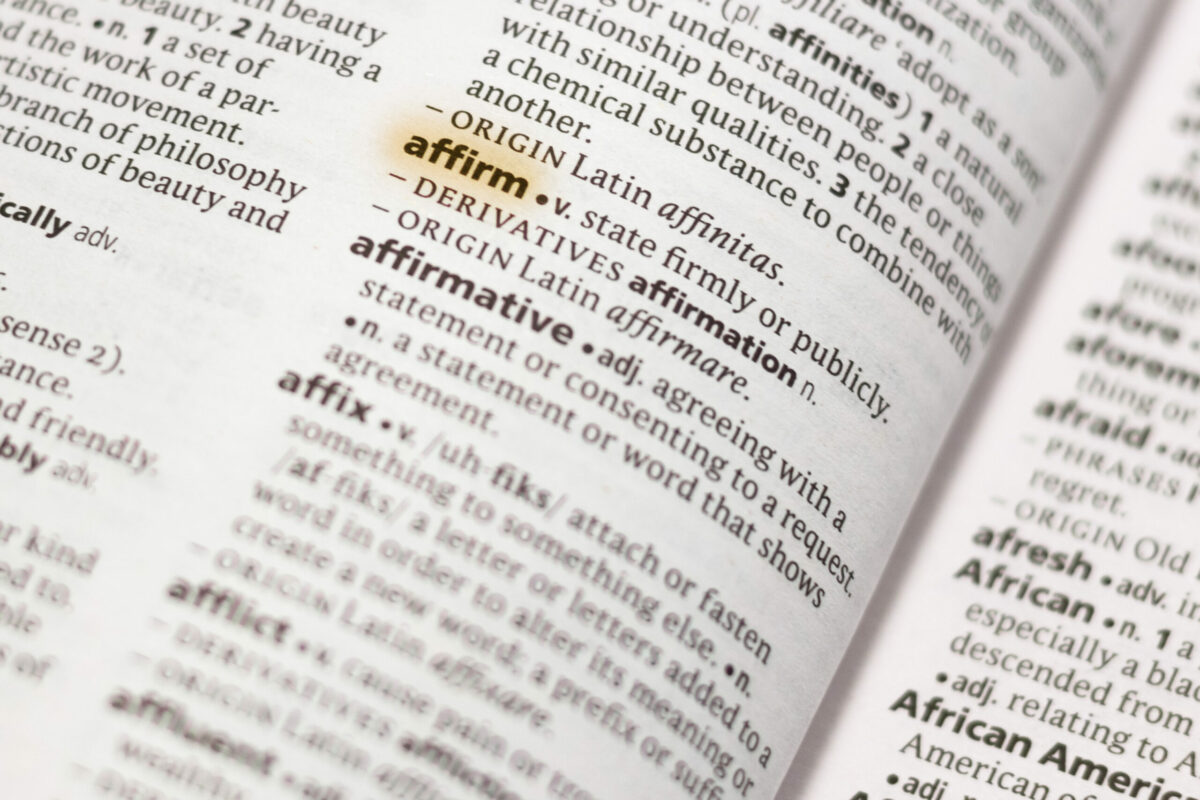“Honeywell held that ‘unexpected properties may cause what may appear to be an obvious composition to be nonobvious,’ not that unexpected mechanisms of action must be found to make the known use of known compounds nonobvious.” – Federal Circuit
 The U.S. Court of Appeals for the Federal Circuit (CAFC) ruled in a precedential decision Wednesday that the Patent Trial and Appeal Board (PTAB) was correct to affirm a United States Patent and Trademark Office (USPTO) examiner’s finding that the claims of U.S. Patent Application 15/131,442 were obvious in view of the prior art.
The U.S. Court of Appeals for the Federal Circuit (CAFC) ruled in a precedential decision Wednesday that the Patent Trial and Appeal Board (PTAB) was correct to affirm a United States Patent and Trademark Office (USPTO) examiner’s finding that the claims of U.S. Patent Application 15/131,442 were obvious in view of the prior art.
The patent application was filed by John Couvaras and covers a method of reducing high blood pressure. The examiner rejected the claims as “not patentable because they naturally flowed from the claimed administration of the known antihypertensive agents,” specifically, a GABA-a agonist and an Angiotensin II Receptor Blocker (ARB). Couvaras conceded during prosecution that Couvaras that GABA-a agonists and ARBs “have been known as essential hypertension treatments for many, many decades” but appealed to the PTAB on the ground that the prostacyclin—a naturally occurring compound in the body that acts as an anticoagulant and vasodilator—increase was unexpected. Couvaras also argued that objective indicia overcame any existing prima facie case of obviousness.
The PTAB, however, held the increased prostacyclin release was “inherent in the obvious administration of the two known antihypertension agents.” The Board also said the objective indicia arguments did not overcome the prima facie case of obviousness because “no evidence existed to support a finding of any objective indicium.”
On appeal, the CAFC agreed and rejected Couvaras’s contention that the Board’s reasoning was too generic. The PTAB had argued that the fact that GABA-a agonists and ARBs had been used to treat hypertension and were well known in the art for 65 and 30 years, respectively, could alone serve as a motivation to combine. Couvaras argued in part that “even if there had been a motivation to co-administer two hypertension treatments, such a motivation would fail to identify a ‘finite number of identified, predictable solutions’ as required by KSR International Co. v. Teleflex Inc.” The Federal Circuit explained that Couvaras made this argument in a footnote, which makes it waived, but also said that Couvaras failed to provide evidence of the assertion that there was a “’substantial number of hypertension treatment agent classes’ that could be considered for such a combination. The PTAB’s determination that there was a motivation to combine, “on the other hand, was supported by substantial evidence and properly aligns with the tenets of KSR,” said the court.
As to Couvaras’s argument that the Board failed to address reasonable expectation of success, the CAFC said Couvaras failed to address the examiner’s findings on that issue on appeal to the Board, and “we generally do not consider arguments that the applicant failed to present to the Board.”
Couvaras also said the Board erred when it said the invention’s mechanism of action was merely inherent. Even if it was, said Couvaras, the increased release of prostacyclin was unexpected. Under Honeywell International Inc. v. Mexichem Amanco Holdings S.A., Couvaras said, this unexpected result cannot be dismissed as having no patentable weight due to inherency. However, the CAFC rejected that interpretation, explaining:
“Honeywell held that ‘unexpected properties may cause what may appear to be an obvious composition to be nonobvious,’ not that unexpected mechanisms of action must be found to make the known use of known compounds nonobvious.”
Since Couvaras was attempting to claim a mechanism of action that naturally flows from administration of the prior art agents, and that has the same result (decreased blood pressure) as the two separate compounds were known to have, the claims are not patentable. “We have previously held that ‘[n]ewly discovered results of known processes directed to the same purpose are not patentable because such results are inherent,’” wrote the court. Thus, Couvaras’s claims were insufficient to overcome prima facie obviousness.
Finally, Couvaras argued that the PTAB erred in weighing the objective indicia of nonobviousness, specifically in finding that there was an unexpected result but nonetheless giving no weight to those results as markers of nonobviousness. But the CAFC explained that “[t]o establish unexpected results, Couvaras would have needed to show that the co-administration of a GABA-a agonist and an ARB provided an unexpected benefit, such as, e.g., better control of hypertension, less toxicity to patients, or the ability to use surprisingly low dosages.” Couvaras did not provide evidence to that end, nor did he provide sufficient evidence to prove his remaining arguments, which included teaching away, failure of others, and the length of time that elapsed between the initial discovery of GABA-a agonists and ARBs being useful in treating hypertension and Couvaras’s claimed method of co-administering these types of compounds. The court ultimately found that the objective indicia did not overcome the prima facie case of obviousness.
Image Source: Deposit Photos
Image ID:229492118
Copyright:sharafmaksumov

![[IPWatchdog Logo]](https://ipwatchdog.com/wp-content/themes/IPWatchdog%20-%202023/assets/images/temp/logo-small@2x.png)

![[Advertisement]](https://ipwatchdog.com/wp-content/uploads/2024/04/UnitedLex-May-2-2024-sidebar-700x500-1.jpg)
![[Advertisement]](https://ipwatchdog.com/wp-content/uploads/2024/04/Artificial-Intelligence-2024-REPLAY-sidebar-700x500-corrected.jpg)
![[Advertisement]](https://ipwatchdog.com/wp-content/uploads/2024/04/Patent-Litigation-Masters-2024-sidebar-700x500-1.jpg)

![[Advertisement]](https://ipwatchdog.com/wp-content/uploads/2021/12/WEBINAR-336-x-280-px.png)
![[Advertisement]](https://ipwatchdog.com/wp-content/uploads/2021/12/2021-Patent-Practice-on-Demand-recorded-Feb-2021-336-x-280.jpg)
![[Advertisement]](https://ipwatchdog.com/wp-content/uploads/2021/12/Ad-4-The-Invent-Patent-System™.png)






Join the Discussion
One comment so far.
Model 101
June 15, 2023 10:49 amThe judges are not experts in this field.
Obverse eh?
To who?